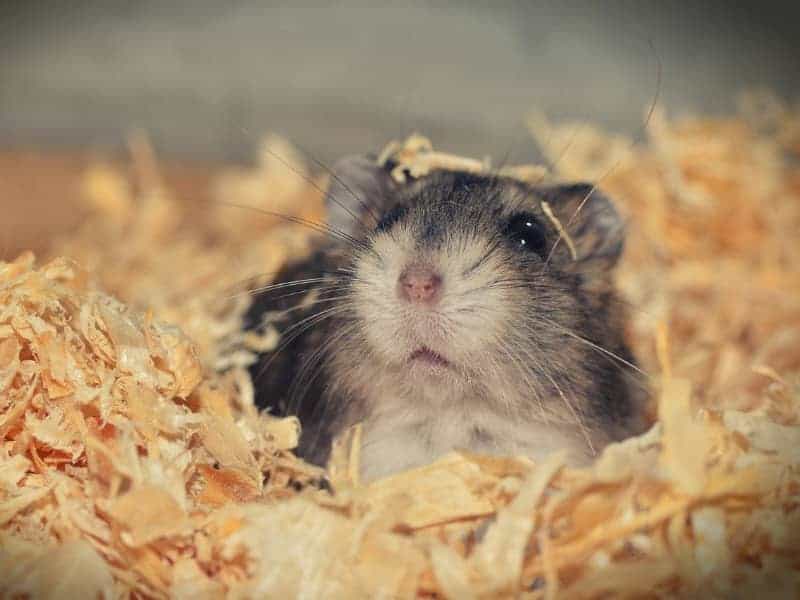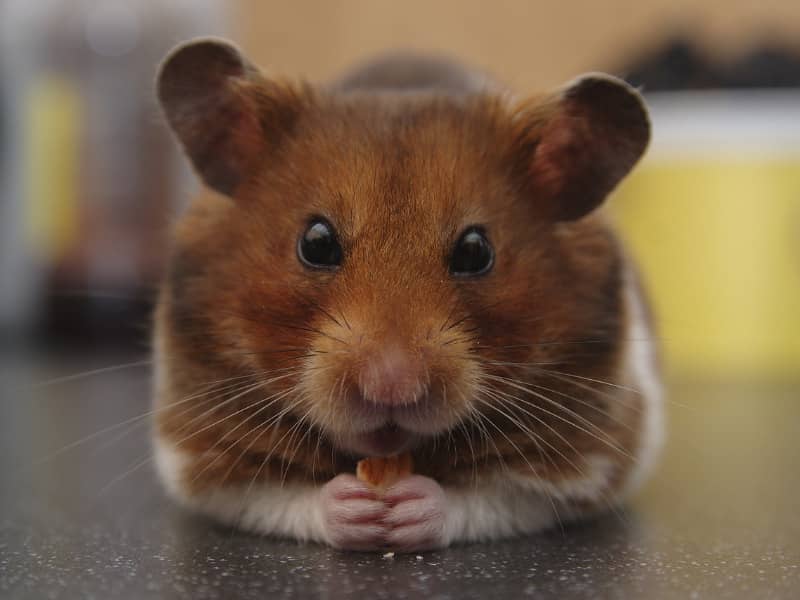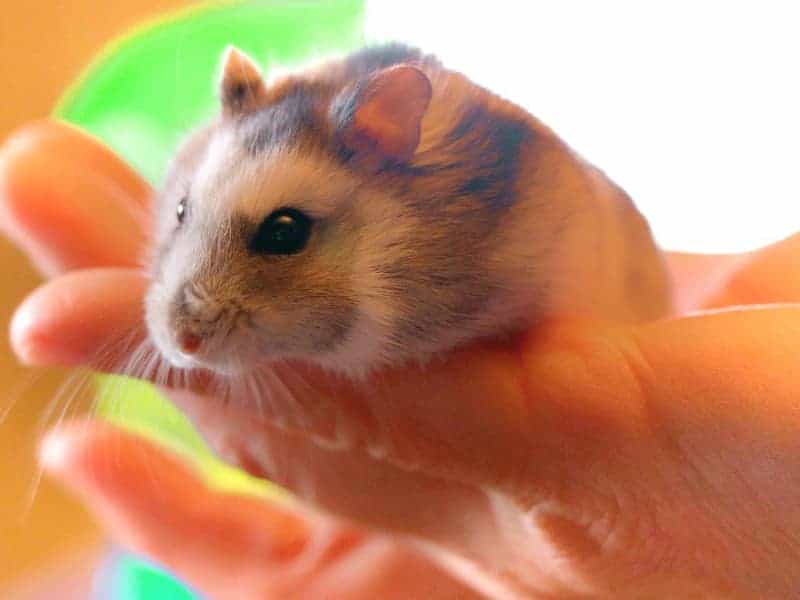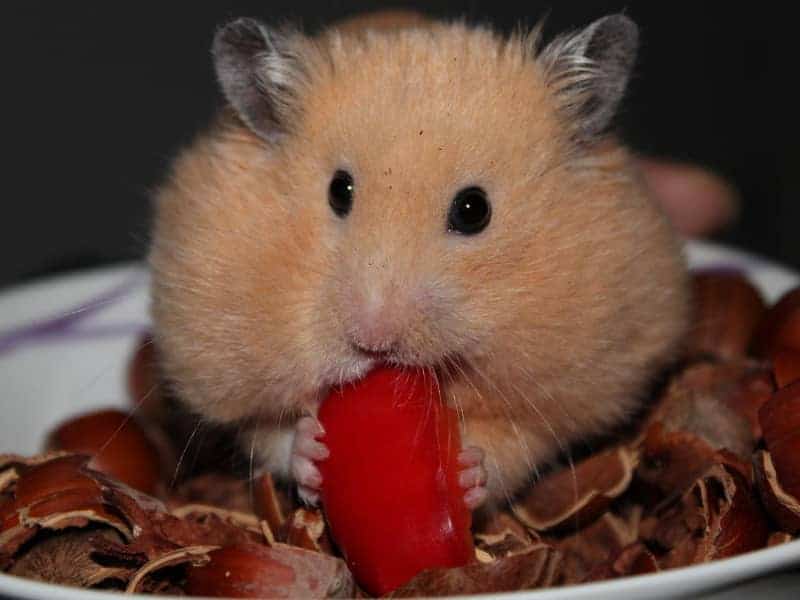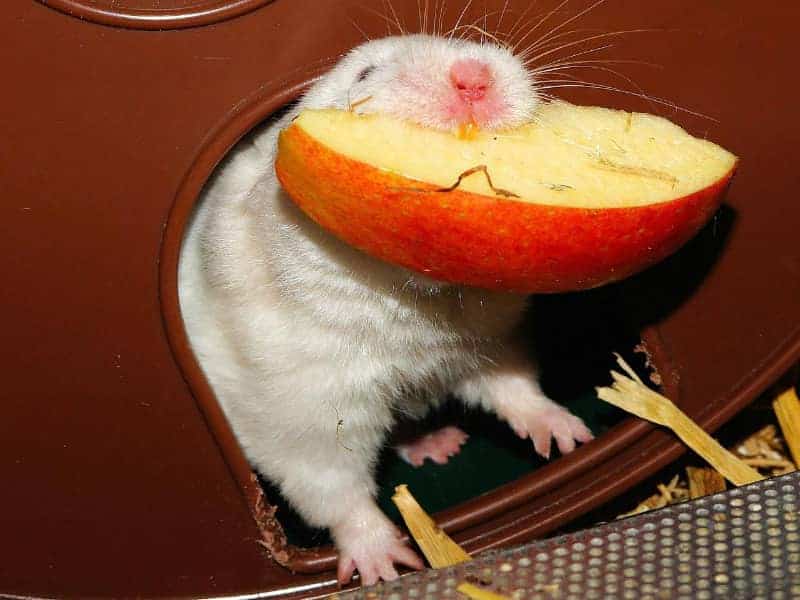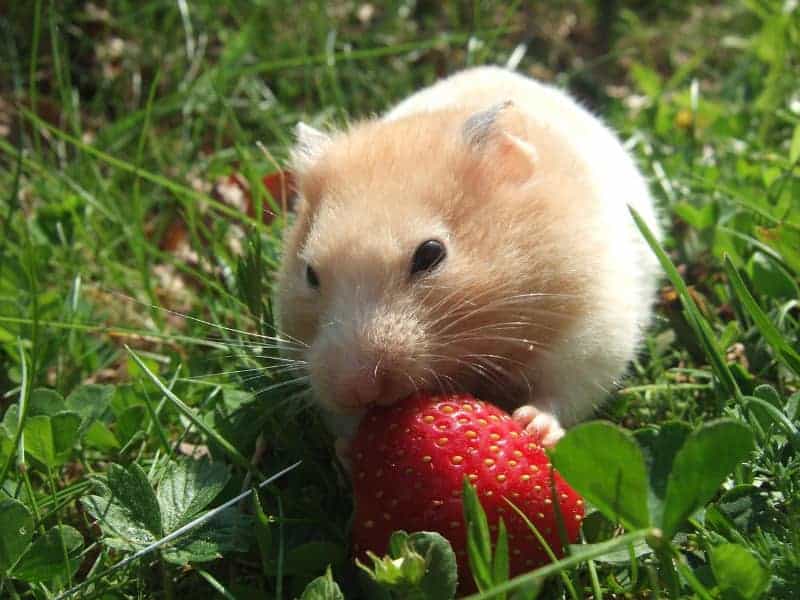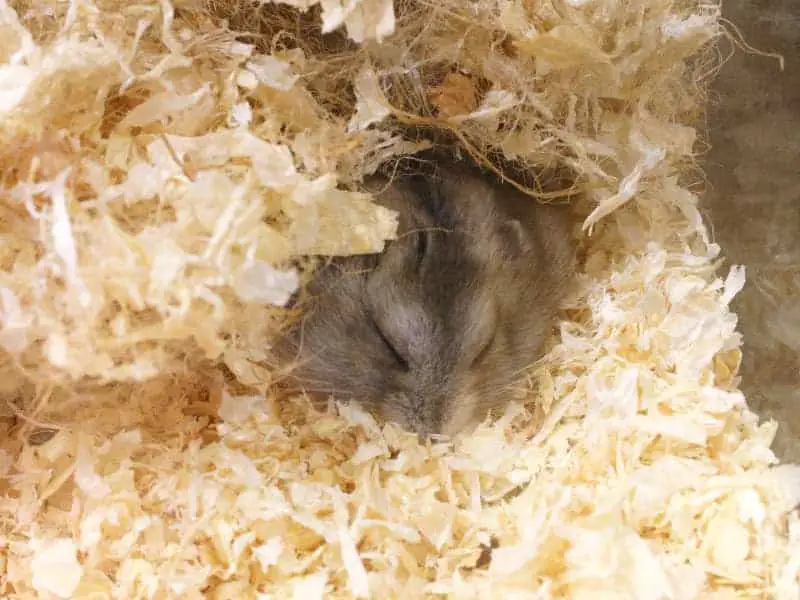
Do hamsters hibernate?
There are many animal species that hibernate, some of which include hamsters. But here it depends strongly on the breed and the habitat, whether these hamsters hibernate. Often it is only a hibernation or a cold rigor in which they go for a certain period. When this is the case, you can find out here with us.
Hamster hibernation
Most hamsters, with a few exceptions are heat-loving animals and at temperatures of 16-18 ° C, it often becomes too cold for you. Especially golden hamsters, originally from Syria, move slower, become lethargic and the sleeping time increases. With dwarf hamsters, this behavior is only observed at lower temperatures, as they originate from colder regions.
Other species of hamsters, such as well adapted and form a denser coat when the days become shorter. Even if the temperature is still high, the fur becomes denser when the sunlight, that is, the daylight is reduced. Likewise, the metabolism then changes and the animals move less, so that less energy is consumed.
The Dzungarian dwarf hamster originates from Mongolia and Kazakhstan, where it regularly gets very cold in winter. However, this hamster also does not hibernate, but falls into a kind of torpor for several hours during the day. In this way, it consumes hardly any energy and can cope well with the winter cold. The Roborowski dwarf hamster, which is also found in cold regions, also does not need to hibernate.
Hamster hibernation, what does this actually mean?
The hamster species that hibernate/hibernate begin to gather supplies in the summer and deposit them in their burrow. As soon as the days become shorter and cooler, the animals retreat into their burrow and close the entrances. When the temperature drops further, the animals begin their hibernation.
Body temperature, respiration and heart rate are reduced to a minimum so that as little energy as possible is used. However, the animals do not sleep throughout the winter. They were up again and again briefly and then eat from their supplies. Thus, these periods of wakefulness are at shorter intervals at the beginning of hibernation and become longer the colder it gets.
If the temperature rises again, then these sleep phases shorten again and it is eaten more frequently. Logically, the hamster loses a lot of weight during hibernation. This is due to the low food intake and the nevertheless existing energy consumption even during sleep. Mostly the hibernation is finished in March, but this depends strongly on the weather.
A hibernation also has no specific duration, but it strongly depends on the weather, so how long the winter lasts. This can be three, but also six months.
No hibernation for hamsters in the house
Hamsters that live with us humans do not hibernate. With us, you get a sufficient supply of food throughout the year, and the temperatures in the house provide a uniform heat. So hamsters did not have to hibernate. It is important that we make sure that our animals always have it warm enough. Because as soon as the temperature should fall below 10 ° C, a hamster falls into a cold paralysis.
Here, as already described above, the body temperature, heart rate and breathing rate are lowered. Here, however, a real problem develops, because the animals kept with us are not prepared for it. Such a cold paralysis can become life-threatening for the animal and possibly fatal.
In a very cold winter, a careless airing of a room is enough to drop the ambient temperature for the hamster so low that it falls into this torpor. Therefore, always make sure that your pet's living space is in a warm and non-drafty location.
A hamster in torpor is often mistaken for dead by inexperienced owners. This is because the animal is cold and breathing is often not detectable by a layman. Therefore, you should warm the animal, preferably in a soft blanket in a warm, but not hot place.
Hibernation in the field hamster
The field hamsters have been thoroughly studied in Europe and therefore it is known exactly how they spend their winter. They hibernate in their burrow, which is accompanied by an extreme reduction of all metabolic processes. The body temperature of the field hamsters drops to 2-3 °C and they breathe only once a minute. The heart beats a maximum of 5-6 times per minute during this time.
The amazing thing about hibernating field hamsters is that the males and females have different strategies for surviving the winter. Females gather supplies to store in the burrow and usually seal it from mid to late October. Males gather fewer supplies and eat more to build up fat reserves. They also go into the burrow about 2-4 weeks earlier than the females.
The reason for this is that the females have less time to eat in the summer due to the rearing of the young to build up these fat reserves. Hence the stores. The duration of hibernation in the field hamster is also strongly dependent on what food reserves it has stored in the burrow. If these are energy-rich, then the hibernation will be shorter, because the body can be supplied with energy again and again.
Author

-
Garden animal - A life with nature
Welcome to my animal blog! My name is Dirk and I am happy to take you on my journey through the fascinating world of animals and gardening.
Born 54 years ago, I have had an insatiable curiosity for the animal world around me since childhood. Although I have moved professionally in other industries, my true passion has always been animals and nature. It is remarkable how a small garden has become such an important part of my life.
Many of my fondest memories are associated with the animals that share our home. Whether it's the curious squirrels that scurry across the trees in the morning, the colorful variety of birds that visit our feeders, or the busy bees and butterflies that pollinate our flowers, every moment with them is invaluable to me.
This blog is my contribution to share my experiences, discoveries and insights with like-minded people. Here I will share stories of unforgettable encounters with animals, give tips on gardening and creating wildlife-friendly habitats, and take you on my journeys through nature.
Thank you so much for being here!
Cordial,
Dirk aka garden animal
Last posts
- 27. February 2024PetsVeganes Hundefutter – Grün und Gesund?
- 18. January 2024ChickensOregano für Hühner
- November 27, 2023HamsterDiurnal hamsters
- November 24, 2023HamsterHamster hammock

